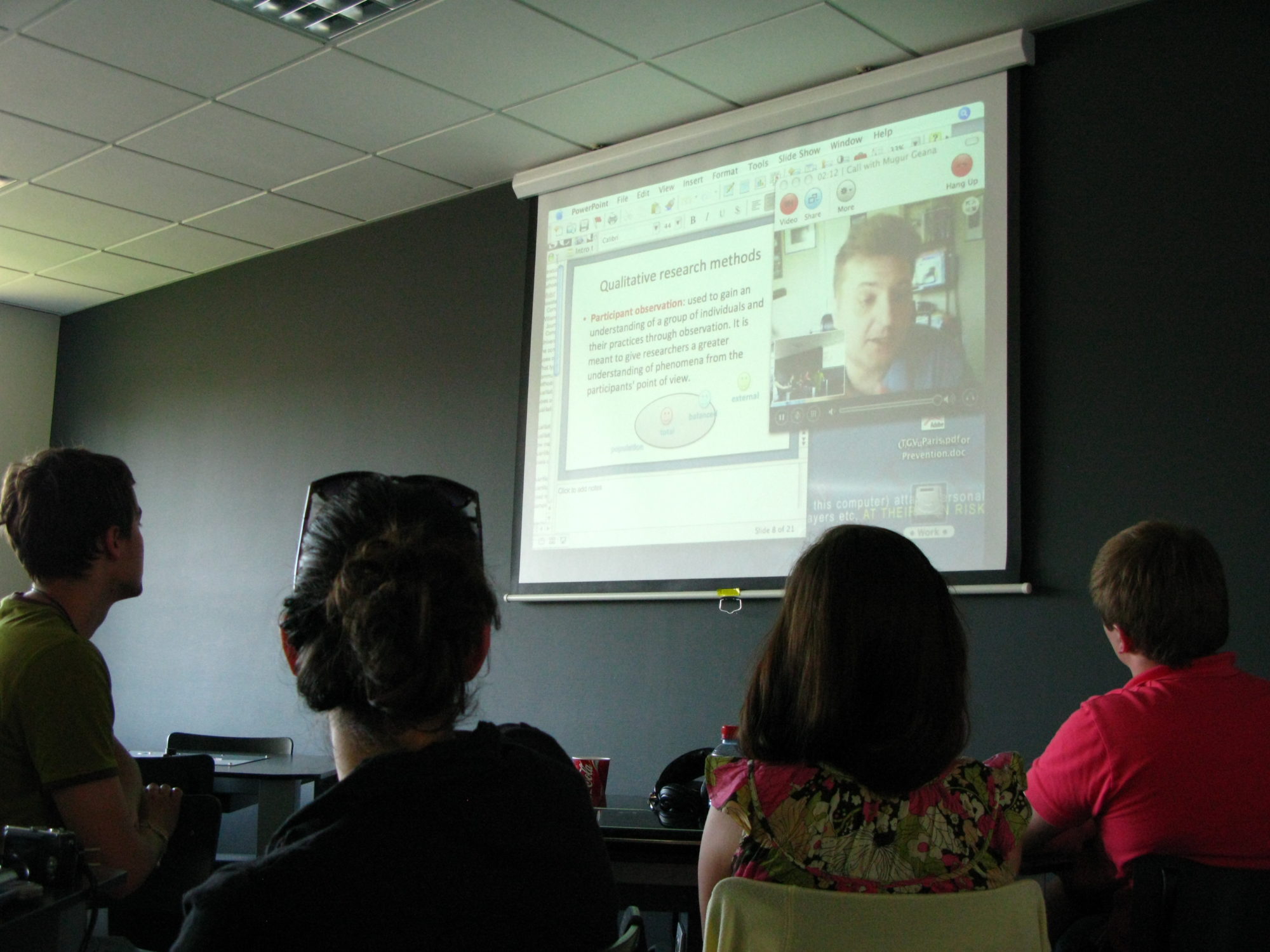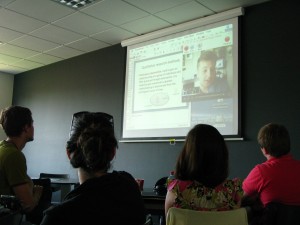My network was buzzing today in reaction to Jonathan Wolff’s monthly column in the Guardian. In this month’s column Wolff, emergency professor of philosophy at University College London, physician compares his experiences of in person and video recorded lecture delivery and asks rhetorically whether lecturing styles are bound to change in the future now that more and more lectures are published on the web. His review of some of the different and sometimes contradicting guidelines for successful lecturing in class and lecturing for video recording provides entertaining examples but also helps emphasize his practice related questions, gerontologist as in which of these guidelines should a lecturer follow and will lecturing become more of a live performance or a planned, well scripted act?
I agree with Professor Wolff that lecturing in class like speaking on camera require training, practice and preparation. I also agree that the rules for speaking on camera, such as head movement, body movement (no shifting, no balancing and even more no rotating on a chair please) or the short, clear sentences are very different from the engage your audience, show enthusiasm and make eye contact with your class rules for public speaking. However, I believe that in raising his question and stating his confusion, he forgot (perhaps on purpose) to consider the environment (or the medium) of the lecture delivery, the time and the audience.
The rules that he states sound to me very much like media training where emphasis is put on broadcast (live or recorded) appearances. Speaking for television is different from delivering a lecture. The camera usually is focused on the speaking subject giving little information on the context and surroundings. I do agree that in these situations the movements should be more reserved and the speech planned to contain several key messages.
However, when we are dealing with a recording of the lecture which is delivered live at some point to a given audience, I believe the rules change.
If the lecture is broadcasted live (LiveStream, Ustream and TwitCam do this) from an amphitheater and you’re standing, I think it’s important to focus on the audience in the room but be aware that there’s a camera around. Your remote audience will know that your main audience is in the room. Moreover, the remote audience is tuning in the lecture/event because they want to see you live but they can’t be there. So the in class lecturing rules would apply here.
Having been through this experience multiple times, I can assure you that it helps to be aware where the camera is and not move too much out of its angle. Â It is also important to have a good sound, clear video, good broadband and preferably two cameras to switch between a close-up view (which could be on your or on the screen if you’re using a projector) and a general view (to show you and some part of the audience). But these are more technical guidelines than oratory, speaking guidelines. Professor Andy Miah’s post on setting up an event for YouTube is very good in pointing out what are the areas you should pay attention to when thinking of broadcasting/recording for web.
If your lecture is broadcasted live but you are sitting (so you’re using Skype, TokBox or any other video chat platform), remembering the rules for talking on TV is crucial. In this situation you should try to sit straight and still, you should limit the movement of your hands as well as pay attention to the colors and patterns to wear. However, in trying to look as professional as possible, do not forget your audience. If you are on video via video chat platforms, you’ll most probably be disconnected from your audience so concentrating on the people online is the aim here. I have been through this experience many times as well via the guest lecturers I delivered online throughout the years. The first time I spoke on Skype to class I was nervous, spoke too fast and swiveled in my chair. I realized this when I watched the recording of the video chat and I was sure the students noticed it as well. Since then I have this rule of keeping in mind to whom and through which means I am talking: if it’s while sitting and the audience is remote, I stand still, if it’s in an conference room and I have a projector behind, I move and concentrate on my public in the room. With regards on content, good lecturing as with good public speaking comes with good structure…. Everything else is personal style and as one cannot ask for others to change their music styles, so one cannot expect everyone favor only one kind of lecturing. After all, it’s the experience (and the knowledge) that we’re aiming to make memorable.

